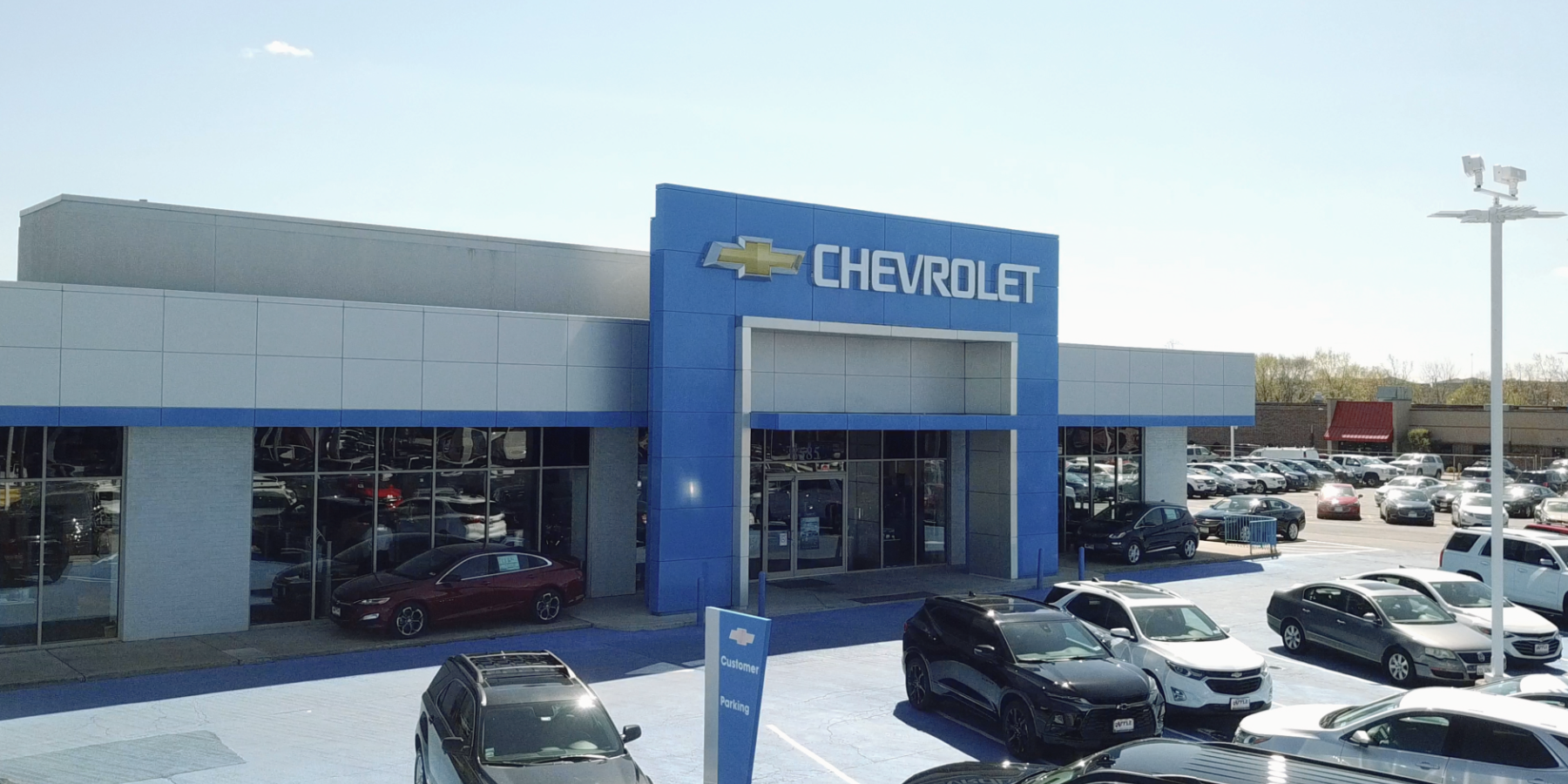Consumer group wants CAFE raised to 45 mpg
Neil Roland
Automotive News
November 24, 2009 – 3:08 pm ET
UPDATED: 11/24/09 6:55 p.m. ET
The administration has proposed raising fuel-efficiency requirements 40 percent — to 35.5 mpg — by 2016 for cars and light trucks combined. It plans to adopt final rules in April.
In a historic compromise with the industry, the administration last spring proposed moving up the 2020 deadline originally imposed by Congress for a 35.0 mpg standard.
“We want to make sure we don’t just rest on the 2016 numbers and that we’re prepared today, and get the industry to prepare, to move substantially beyond 2016,” Jack Gillis, a Consumer Federation of America spokesman and author of The Car Book, told reporters on a conference call today.
The consumer group’s statement is likely to be just an opening salvo in an extended debate over post-2016 standards.
The Consumer Federation, an association of 280 groups, also said the EPA should be primarily responsible for setting efficiency standards. The National Highway Traffic Safety Administration, which shares rule-setting authority with the EPA, has allowed the automobile industry to exert undue influence, the consumer advocates said.
The consumer group said only 4 percent of 2010 model year vehicles achieve at least 30 mpg.
“Clearly, an important reason for much, much stronger fuel economy requirements in the future is to protect the car companies from themselves,” Gillis said.
The consumer advocate’s statement was issued as the Friday, Nov. 27, deadline approaches for public comment on the administration’s proposal.
Auto industry lobbyists declined to comment on the substance of the consumer association’s proposal while urging the administration to start considering post-2016 standards next year.
“We hope that once this rule making is finalized, NHTSA and EPA will begin the process of setting standards for future years,” said Charles Territo, a spokesman for the Alliance of Automobile Manufacturers, a lobbying group for 11 domestic and foreign automakers.
That view was echoed by the Association of International Automobile Manufacturers, which represents 13 automakers.
“Our industry is one where long lead times are especially important to accommodate the design, engineering and production planning for next-generation products,” said AIAM spokesman Kim Custer.
Territo also defended the role played by NHTSA, which is part of the U.S. Department of Transportation. He said Transportation’s expertise “is invaluable to the standard-setting process.”
NHTSA and EPA spokesmen did not immediately respond to requests for comment.
The administration proposed 2012-16 standards in September. The increases would be among the largest over a four-year period in the 35-year history of the program, said Mark Cooper, the Consumer Federation’s research director.
Cooper said the rate of increase during this period, if projected to 2020, would put the standard at 45 mpg.
“In short, technologies identified in 2008 could already support the goal of 45 mpg by 2020, and the technological limits are not fixed,” he said in a statement.
The administration’s proposal unifies regulation of greenhouse gas emissions and fuel economy standards. It also encompasses an agreement with automakers in which the industry would back the administration’s tougher rules on the understanding that those standards would preclude any set by California and other states.

